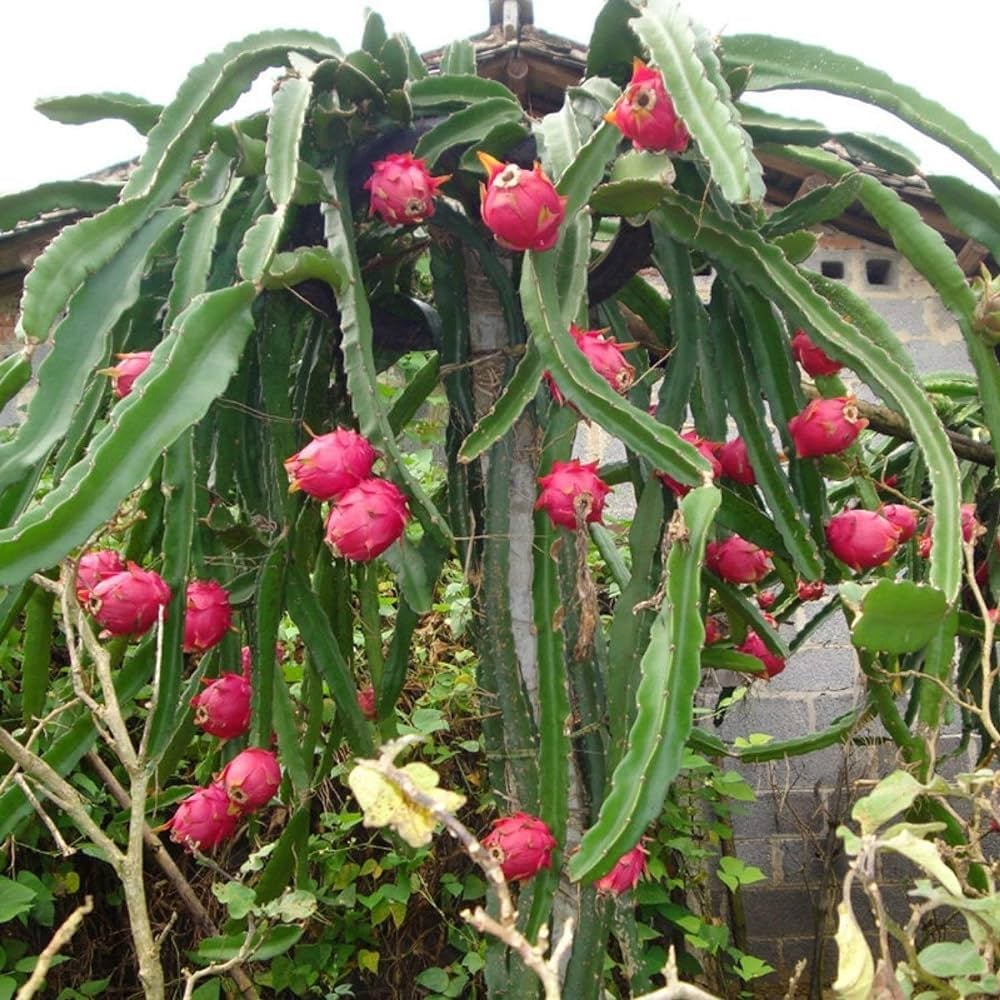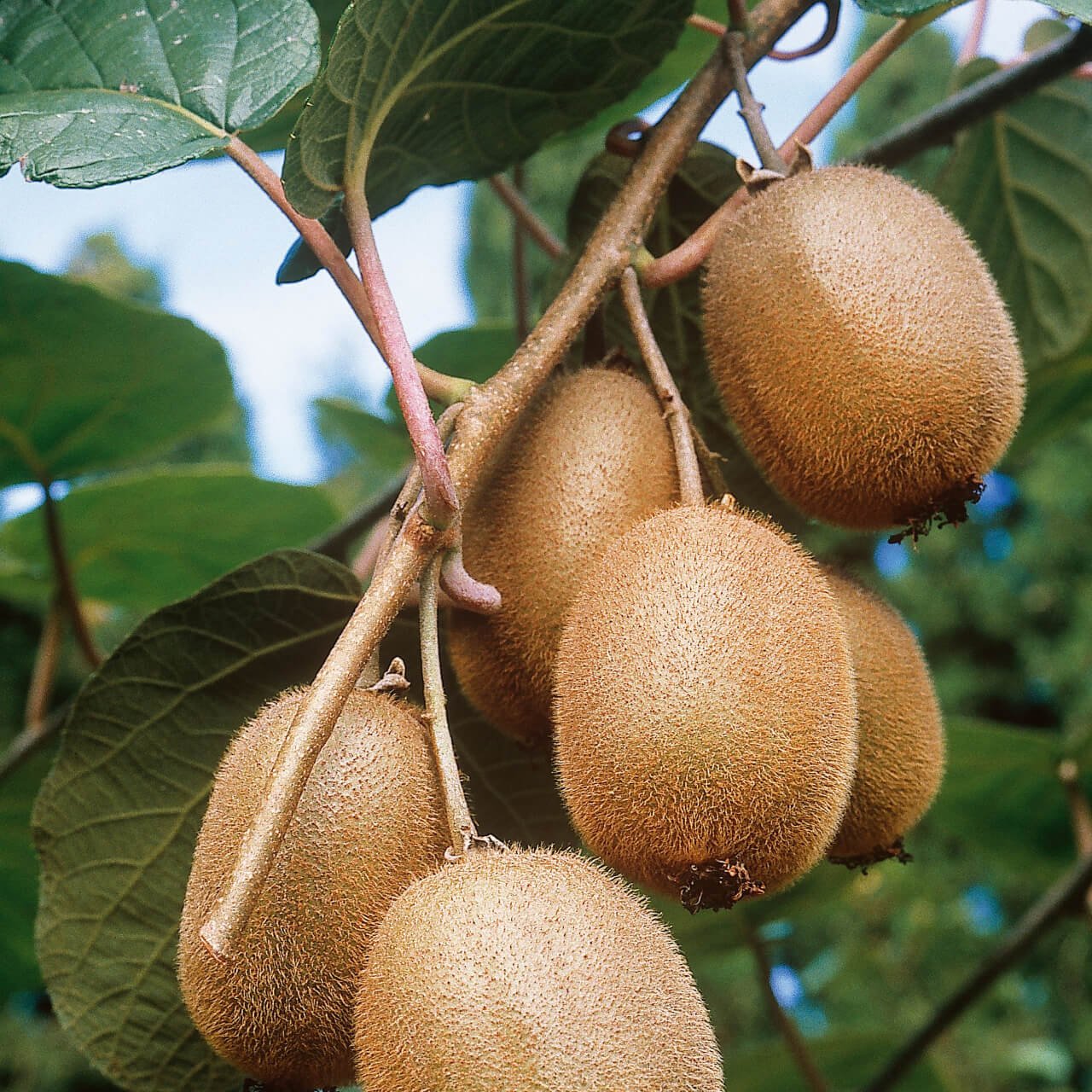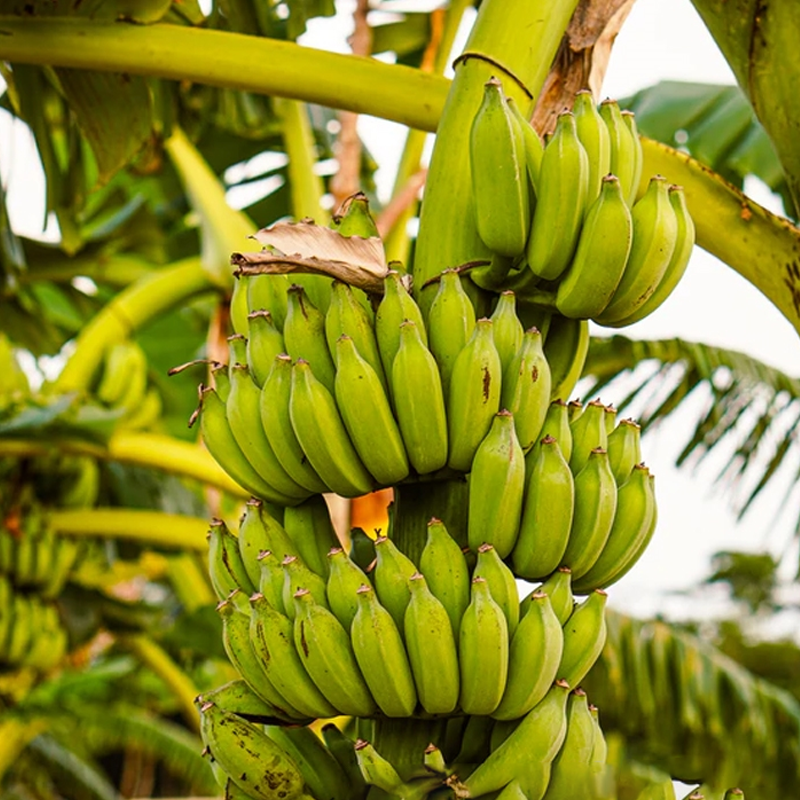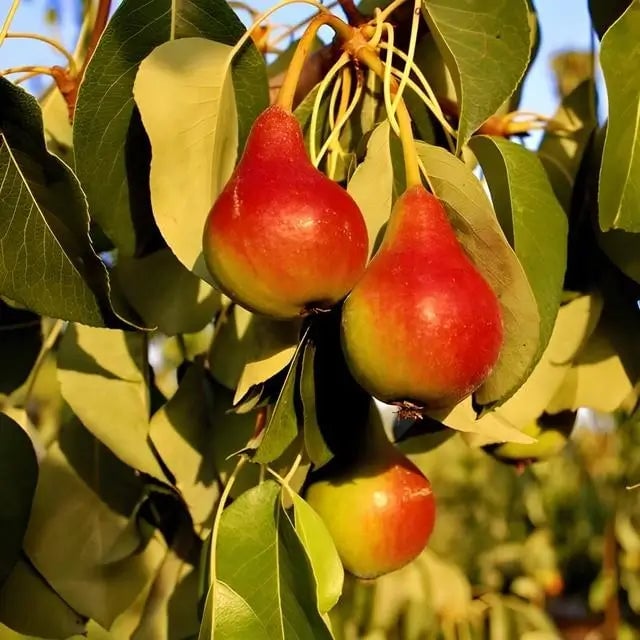
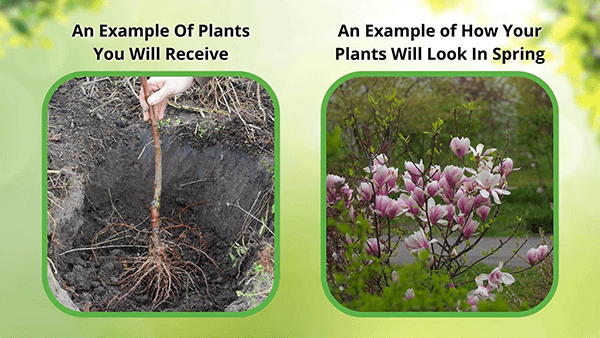
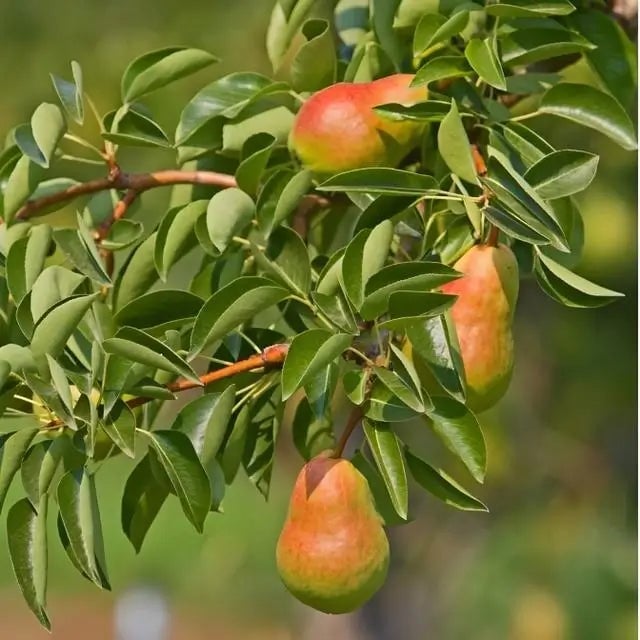

Pear Fruit Tree 3-4'
Beautiful blossoms in springtime
Low maintenance once established
Provides shade and privacy
Thrives in
ZONE 4ZONE 5ZONE 6ZONE 7ZONE 8This plant ships:
Ships November 20251 Year Guarantee on all plants
Pear Fruit Tree - Pyrus
The Stunning Blooms Of The Pear Fruit Tree
Longevity of Fruiting Pear Trees
TN Nursery Offers Quality Plants
This Is How Your Plants Will Look upon Delivery

Bloom Season
Spring
Bloom/Foliage Color
White
Height at Maturity
Under 25 Feet
Care
Pear fruit trees thrive with consistent watering and well-drained soil. Trim yearly to keep shape and remove dead or overcrowded branches. Fertilize in early spring and protect from pests and diseases. Often, check for signs of pests.
Plant Reproduction
The Pear Fruit Tree spreads through seeds, grafting, or rooting.
Plant fruit trees in early spring or late fall when the weather is cool. Choose a sunny location with well-drained soil. Dig a hole twice the width of the roots and double as deep as the root system. When the tree is put in the hole, make sure the graft union (a noticeable bump where the tree was grafted above the rootstock) is above the soil line. Put dug-out soil around the tree roots, gently firmly remove air pockets, and water thoroughly.
Water young trees regularly, especially during dry spells, to establish a robust root system. Once established, water deeply and less frequently. Prune fruit trees yearly during the dormant season to remove dead or diseased wood, improve air circulation, and shape the tree for optimal fruit production. Fertilize in early spring and thin the fruit when necessary to prevent overbearing, which can stress the tree and reduce fruit quality.
Shipping date depends on the date displayed and chosen when you order from the product's page.
We only accept returns on plants verified dead. If you think your plants have died, we offer a 1 year warranty, please use this File a Claim Link to verify dead plants and start with return warranty process.





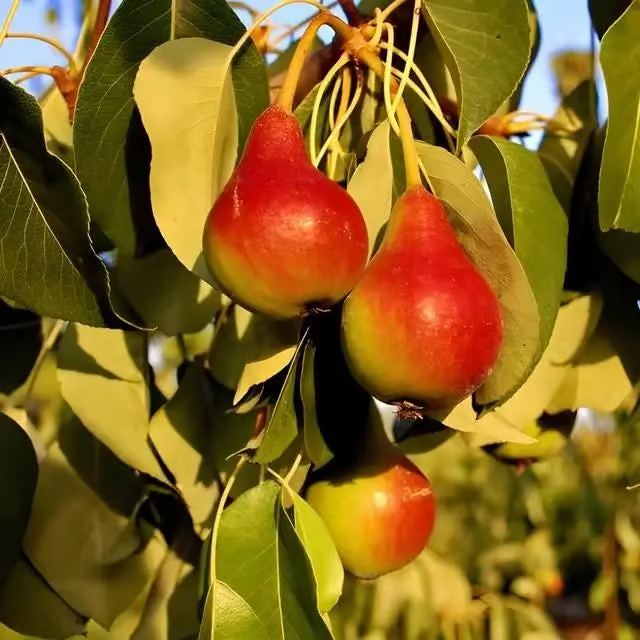
Improves Garden Ecosystem:
Pear trees support local wildlife by providing food and habitat, contributing to a balanced garden environment.
Delicious Fruit:
Enjoy the pleasure of harvesting and eating your own sweet, juicy pears right from your garden.
Easy to Grow:
Pear trees are relatively low-maintenance, making them a great choice for both novice and experienced gardeners.
Year-Round Interest:
With attractive foliage, blossoms, and fruit, pear trees provide visual interest through multiple seasons.
Caring Tips
How do I care for my Pear Fruit Tree 3-4'?
Each box contains detailed care instructions and information about your product. But here's the basics.
Care Tips
Pear fruit trees thrive with consistent watering and well-drained soil. Trim yearly to keep shape and remove dead or overcrowded branches. Fertilize in early spring and protect from pests and diseases. Often, check for signs of pests.
Light Requirements
Pear fruit trees thrive in full sun, needing at least 6-8 hours of total sun daily. Full sun exposure is vital for healthy growth, fruit production, and disease prevention, ensuring the tree develops strong branches and sweet, well-ripened fruit.
Hardy Planting Zones
4 • 5 • 6 • 7 • 8
Header
Use this content to share information about your store and products.
Frequently Asked Questions
How often should I water my plants?
How do I know if my plant is getting too much or too little sunlight?
What should I do to prepare my plants for winter?
What are the signs that my plant needs fertilizing?
How can I prevent pests from damaging my plants?
How do I choose the right plant for my climate zone?



